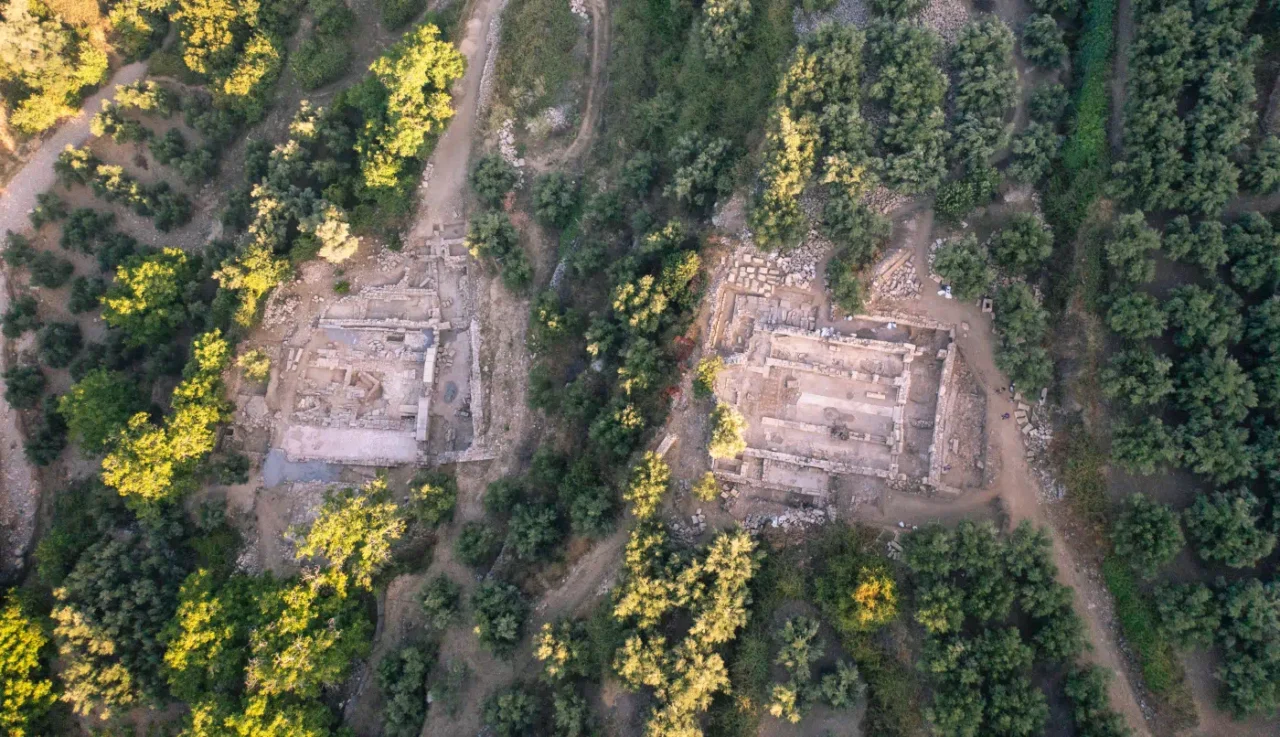
Early Christian Basilicas in Eleutherna
Location and Context
Agia Eirini and Agios Markos are two significant archaeological sites situated on the eastern slope of the hill of Archaia Eleftherna (formerly known as Prines) within the broader context of the ancient city of Eleutherna. These sites are positioned a few hundred meters south of Katsivelos, another crucial area within the ancient city. Their location on the eastern slope places them in proximity to the Pharangitis (or Agia Kyriaki) torrent, one of the natural boundaries defining the hill.
Relationship to Eleutherna
The eastern slope, characterized by wider terraces, gentler slopes, and abundant water sources, was favored for elite residences during the Hellenistic and Roman periods. This is evident from the presence of luxurious urban villas, bathhouses, and other significant structures unearthed in Sector I of the excavations. The location of Agia Eirini and Agios Markos on this slope aligns them with this pattern of elite occupation.
Furthermore, the presence of two large three-aisle basilicas at these sites, dating back to the Early Christian and Early Byzantine periods, underscores their importance within the evolving urban fabric of Eleutherna. These basilicas, constructed using repurposed materials (spolia) from earlier Hellenistic and Roman structures, highlight the continuity and transformation of the city’s landscape over time.
Agia Eirini
- Significance: The basilica at Agia Eirini stands out due to its size, multiple construction phases, and the discovery of inscriptions referencing St. Irene and previously unknown bishops. These features, along with the high quality of its architectural elements and mosaic pavements, establish it as a prominent structure within the Early Christian and Early Byzantine city.
- Architectural Features: The basilica boasts impressive architectural elements, including mosaic pavements in the north aisle, fragments in the south aisle and narthex, and the reuse of earlier materials like Archaic, Hellenistic, and Roman spolia in its construction.
- Chronology: The basilica’s construction is estimated to have occurred during the reign of Theodosius II (401-450 AD), with evidence suggesting its destruction and abandonment likely due to an earthquake during the reign of Constans II (641-668 AD) or Constantine IV (668-685 AD).
- Finds: The site has yielded a range of finds, including closure slabs, stone crosses, a small stone cube depicting Christ, and inscribed fragments of stone slabs and blocks from the Archaic/Classical period reused in the church’s construction.
Agios Markos
- Significance: The basilica at Agios Markos, currently under excavation, also showcases exceptional architecture and architectural sculpture, primarily in limestone. Like Agia Eirini, it incorporates spolia from earlier buildings and slabs with Archaic/Classical inscriptions.
- Architectural Features: The basilica features a series of mullions, high-quality closure slabs, pier capitals, and other architectural elements. Some of these elements exhibit designs and motifs reminiscent of those found in major early basilicas in Constantinople, Thessaloniki, and the Peloponnese, suggesting connections and influences from these significant centers.
- Chronology and Finds: The precise chronology and the full range of finds from Agios Markos await further excavation and analysis. However, the presence of spolia and inscribed fragments indicates a connection to earlier periods, while the architectural style suggests an Early Christian or Early Byzantine date.
Site: Key Points: Agia Eirini
- Construction Period: Early Christian (reign of Theodosius II, 401-450 AD)
- Location: Eastern slope of Prines hill, Eleutherna
- Historical Significance: Prominent Early Christian basilica, evidence of Eleutherna’s transition to a Christian center
- Current Status: Excavated, some architectural elements and mosaics preserved
Site: Key Points: Agios Markos
- Construction Period: Early Christian or Early Byzantine
- Location: Eastern slope of Prines hill, Eleutherna
- Historical Significance: Large three-aisled basilica, potential connections to major Early Christian centers
- Current Status: Under excavation
References
- Eleutherna, Sector I edited by Petros G. Themelis (2009)
- The Archaeology of Tomb A1K1 of Orthi Petra in Eleutherna: The Early Iron Age Pottery by Antonis Kotsonas (2008)
- E L E U T H E R N A by Nikolaos Chr. Stampolidis (2020)














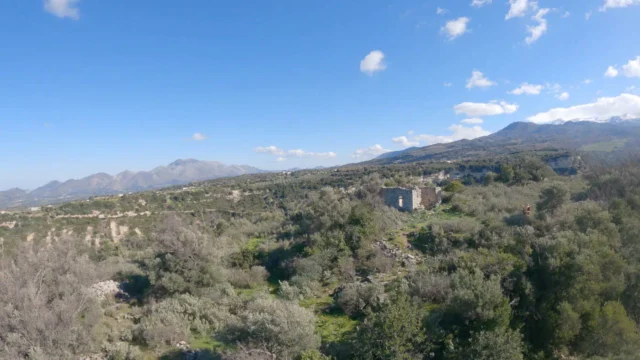

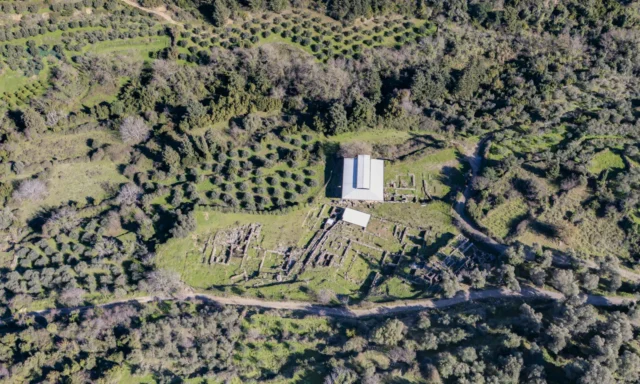
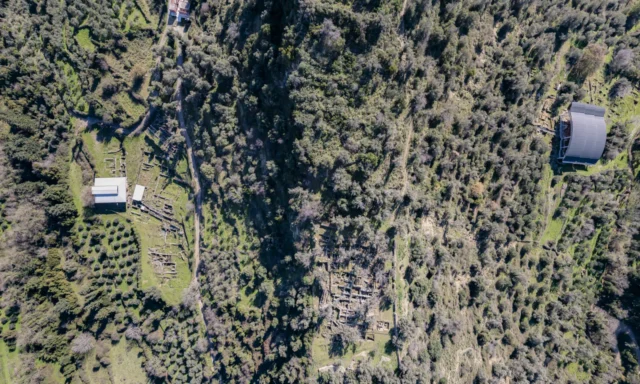
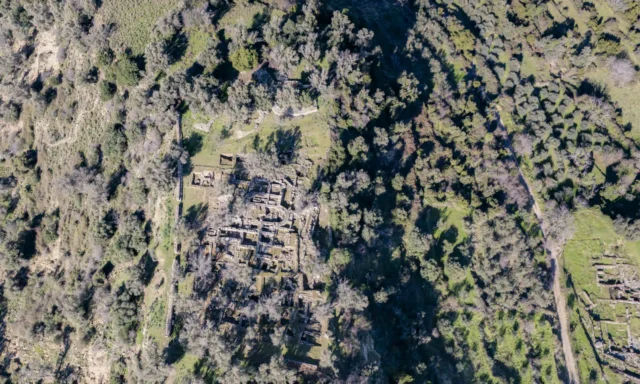

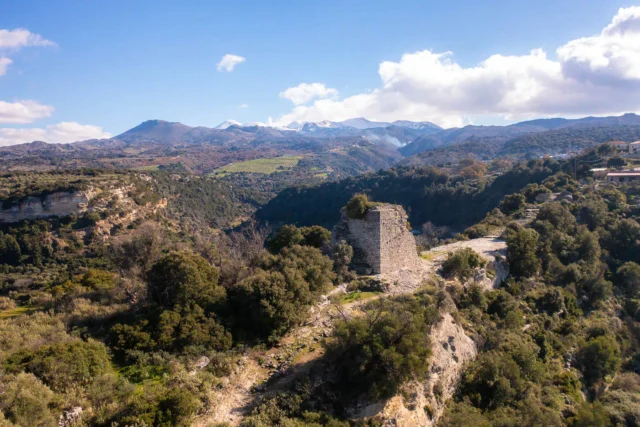
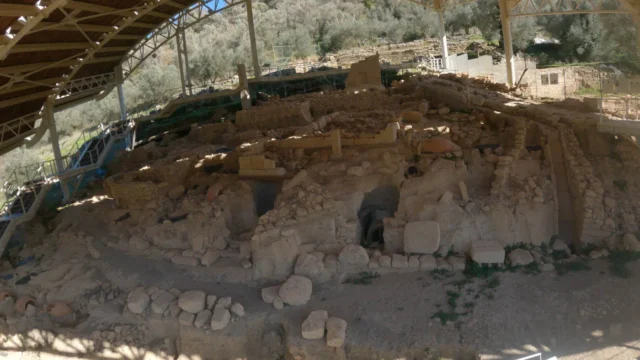

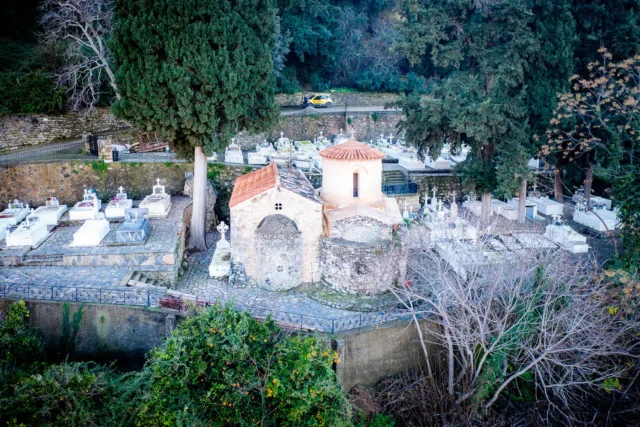

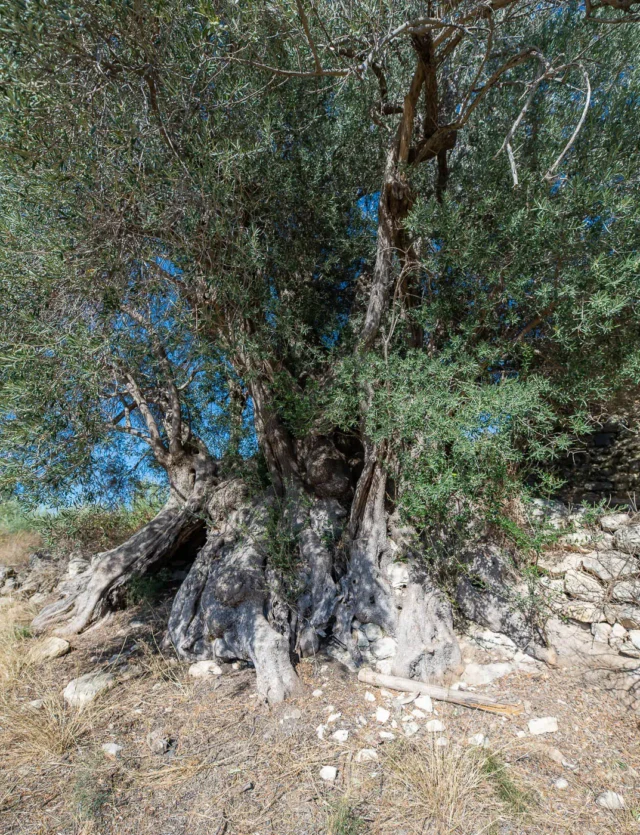
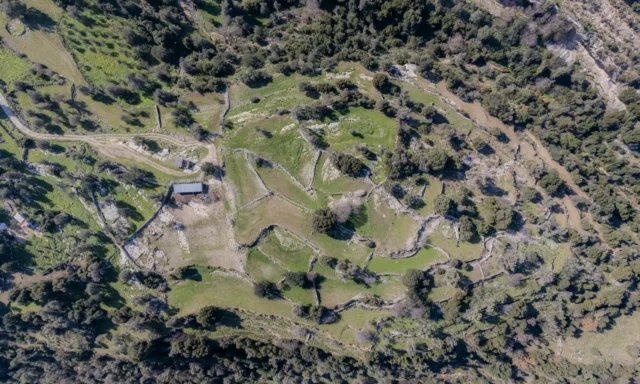
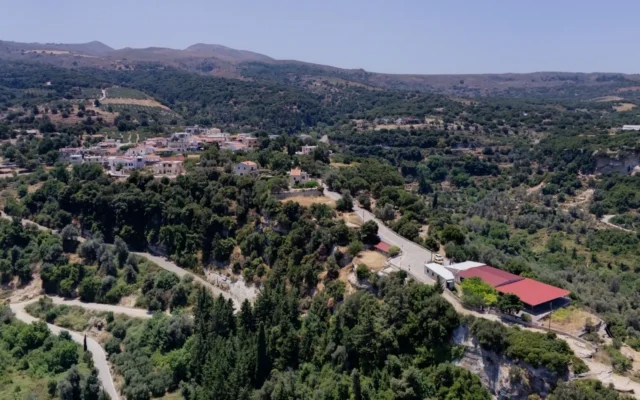
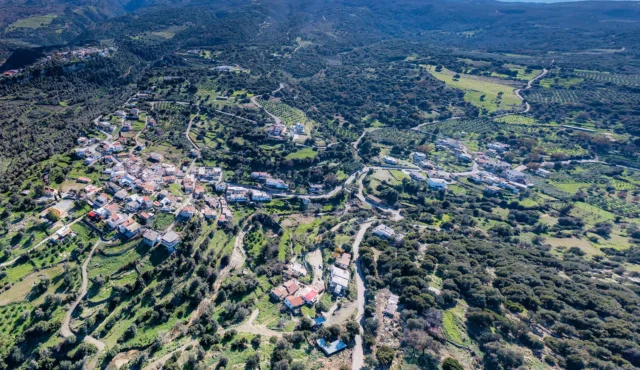
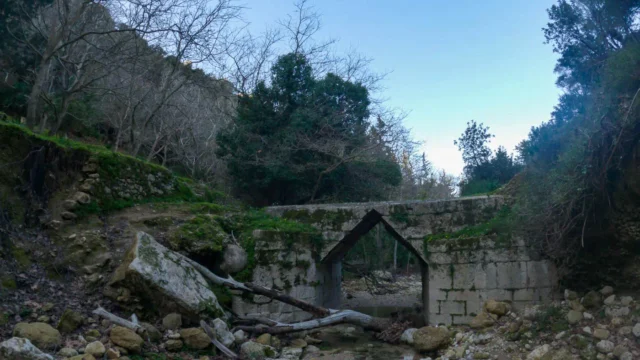
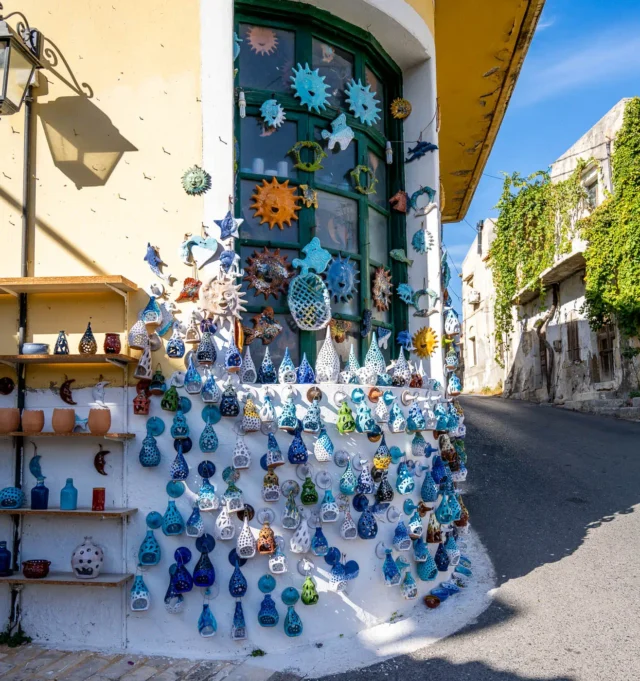


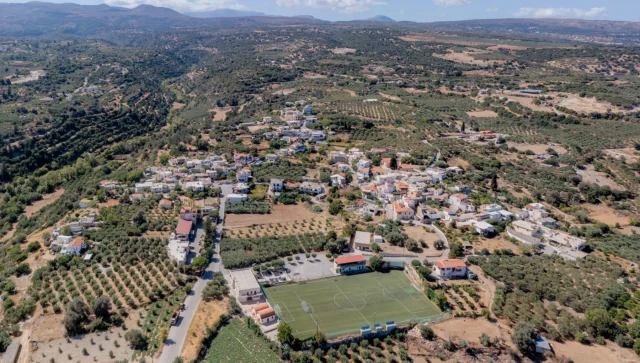
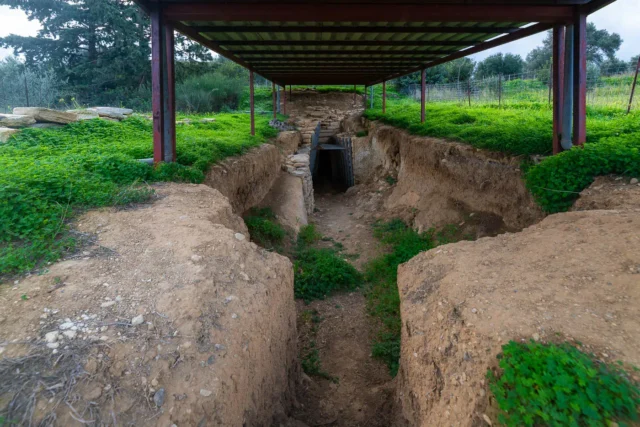


There are no comments yet.